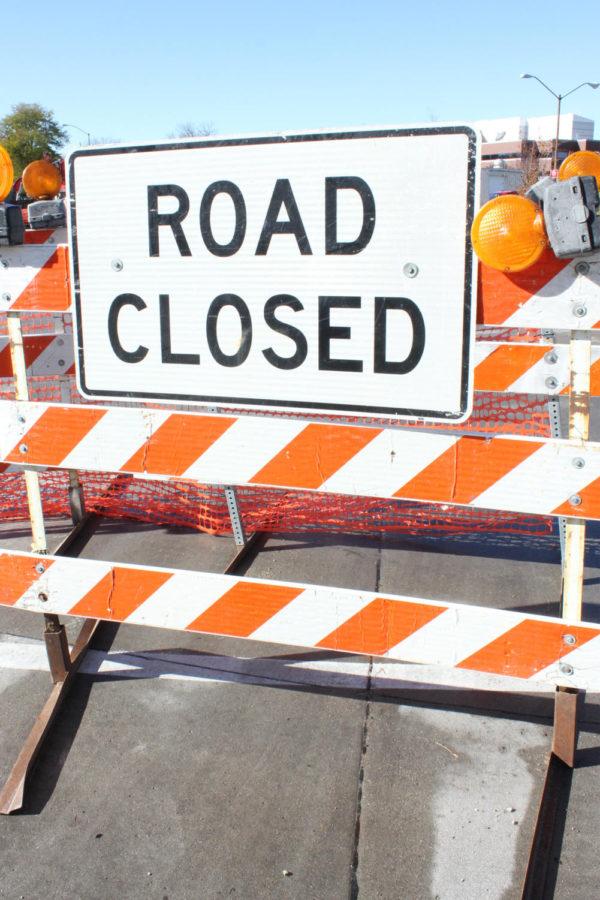Belding: Road, rail infrastructure is part of orthodox capitalism
Graphic: Kelsey Kremer/Iowa State Daily
Average annual federal spending on infrastructure in billions of dollars by presidential administration.
December 6, 2011
California’s recent decision to continue with its plans to build a high-speed rail system, despite criticism from Republicans, highlights the importance of investment in infrastructure. The project carries a high cost, $98 billion, and will not be finished until 2033. However, transportation infrastructure and accommodation facilitates the economic growth we need.
Far from being the waste Republicans in California assert it will be, the project will run 520 miles from Los Angeles to San Francisco in areas whose population is expected to rise by 25 million people in the next 20 years and create some 100,000 jobs.
Lowering taxes alone will not set the economy aright, restoring confidence and raising productivity. There is no cut-and-dry, one-size-fits-all solution to a problem as complex as the economy. There are far too many national policies at work and far too many businesses of all sizes to discern or divine rules for how the economy works.
Building roads and railways, however, provides a space in which people can move and trade. In ancient times, this investment in creating a place for business consisted of building a new forum. Now, we build roads.
It’s not a matter of being Democrat or Republican, conservative or liberal. Investment in infrastructure goes across party lines. Historically speaking, there have been many reasons for building such projects as the Interstate Highway System. Chances are good that you use it every break to get home. I use it every day to drive down here from my home.
President Dwight Eisenhower, a Republican, noticed from his military training that projects from the 1930s to create a national system of roads, already under way, should be expanded. National defense was not the only impetus, however. Increased traffic from automobiles wore on existing highways inadequate to new demands, and the interstate highways have proved vital in evacuating people from natural disasters such as hurricanes.
In 2009 dollars, federal spending on transportation and water infrastructure during Eisenhower’s second term averaged $25.4 billion. Kennedy’s average was $40.4 billion. Johnson’s was $48.7 billion. Nixon’s was $44.5 billion. Ford’s was $47.8 billion. Carter’s was $60.2 billion. Reagan’s was $53.3 billion. George H. W. Bush’s was $55.2 billion. Clinton’s was $60.6 billion, and George W. Bush’s average spending on transportation and water infrastructure was the highest, at $67.8 billion.
Ideologically, government support of public works — roads, canals and the like — is not a new idea. Adam Smith advocated government support of infrastructure (as well as the judicial branch, a standing army and public education for the poor) when he laid the groundwork for the capitalism that so defines our way of life. Funding infrastructure is, in classical conservative thought, orthodox.
If government’s job for supporting the economy is to get out of business’ way, why wouldn’t we want to provide the means for economic exchanges to take place? If government’s job is to ensure conditions in which businesses can thrive, why wouldn’t we support more roads and railways? Lowering taxes has the same point, and putting people to work building things that will lead to other people working is not a bad solution to economic malaise.
It may also be a matter of national pride. Whether it’s true or not, most Americans see a loss of industrial jobs in the United States. Many believe that we no longer make durable goods or achieve great feats of engineering. The Golden Gate Bridge and Empire State Building are famous not only for the scale on which they were built; the attention they gained for it is also immense.
We have outgrown that scale. We need bigger achievements to inspire us. Skyscrapers and suspension bridges are commonplace. Why not try our hand at something we haven’t done before?

















